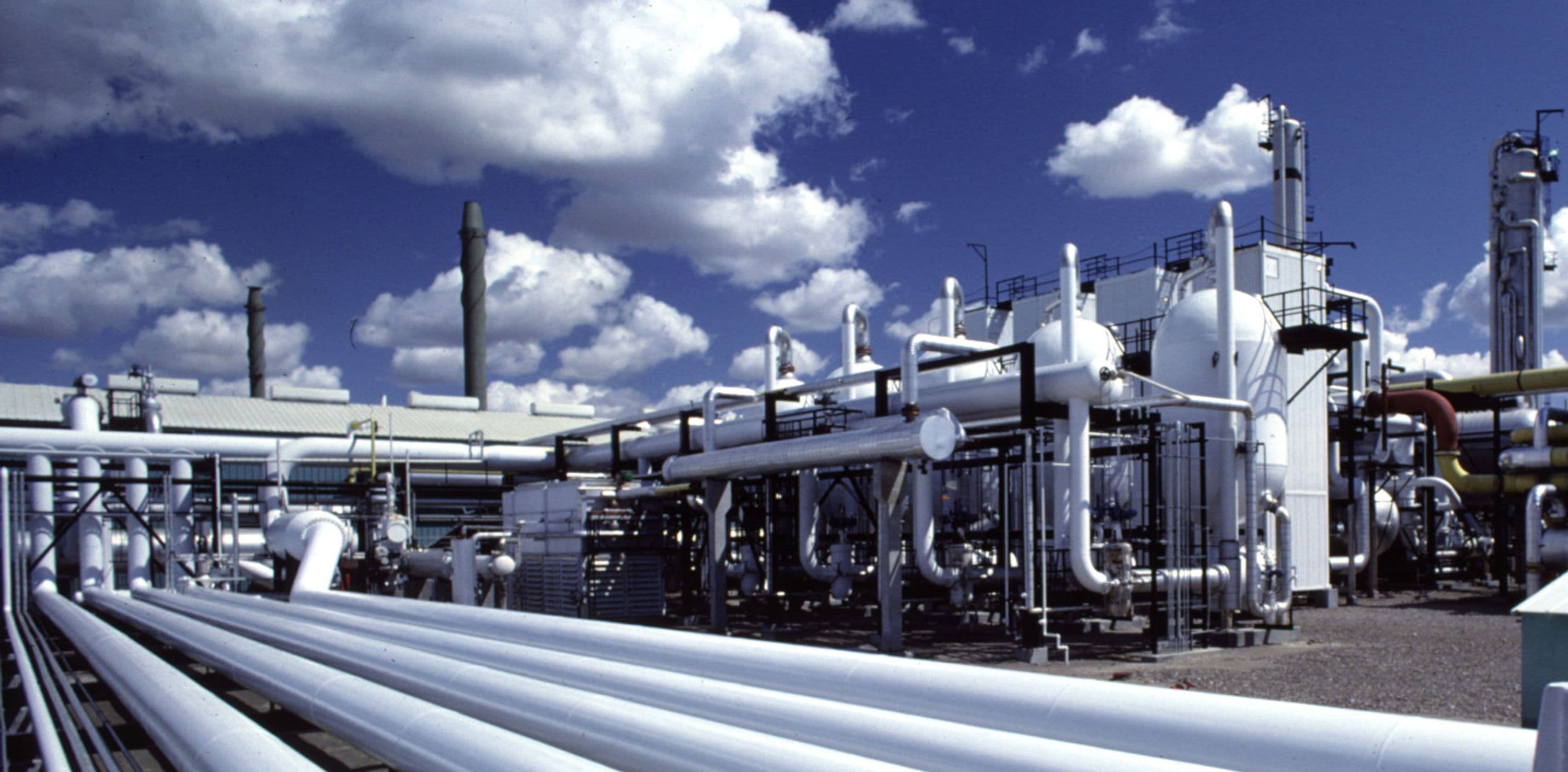

Chevron Reformulated Gasoline Program
Client: Chevron USA Products Company
Location: El Segundo, CA, U.S.
Business Segment: Energy Solutions
Industry: Fuels

Executive Summary
Fluor provided engineering, procurement and construction for the Chevron reformulated gasoline facility. We were responsible for the engineering and design of the utilities and offsite facilities including modifications to the tank farm and gasoline blending systems supporting this facility.
Client's Challenge
This three-phased project focused on the start-up and production of reformulated gasoline to meet the Clean Air Act (CAA) and California Air Resources Board (CARB) reformulated fuels specification and on-stream requirements.
Chevron realized significant cost savings by involving us at an early stage. This allowed time to evaluate refinery configurations and alternative technologies, prepare cost estimates utilizing our historic database and proprietary technologies, work closely with relevant licensors and prepare precise technical and economic evaluations.
Fluor's Solution
The first two project phases focused on gasoline production in accordance with CAA standards. During Phase I, a continuous catalytic reformer (CCR) unit was designed and installed by revamping the existing CCR. This major modification, performed on a fast-track schedule, increased throughput by approximately 38%.
Phase II required us to provide front-end process design for a naphtha prefractionator. This unit is a major component in meeting the overall benzene targets outlined in CAA and CARB requirements. Functioning in conjunction with the naphtha prefractionator, a new Penex™ unit was designed. Through state-of-the-art techniques, we enabled the refinery to reuse and reposition a large number of the existing reformer equipment into the new Penex unit, resulting in significant cost savings to Chevron.
Additionally, a new tert-amyl methyl ether (TAME) unit was added to provide a reduction in the overall gasoline pool Reid vapor pressure and to furnish some of the oxygenates needed to meet federal and state reformulated gasoline requirements. Existing equipment was reused in this new unit at substantial cost savings.
Phase III included the redesign of the existing Chevron facility to comply with the CARB reformulated fuels specifications. To do this, the naphtha hydrotreater units were debottlenecked and modified to increase their olefin saturation capacity, reduce gasoline sulfur content and produce suitable quality feed for the new CCR unit. The capacity of one of these units was increased by approximately 50%. A new alkylation unit, together with a new C4 selective hydrogenation unit, was also added to replace the existing equipment.

Conclusion
Completed on time and under budget, this project's success was due to teamwork and early involvement, which facilitated schedule innovation and effective approaches to quality, safety and budget control.



&w=3840&q=75)